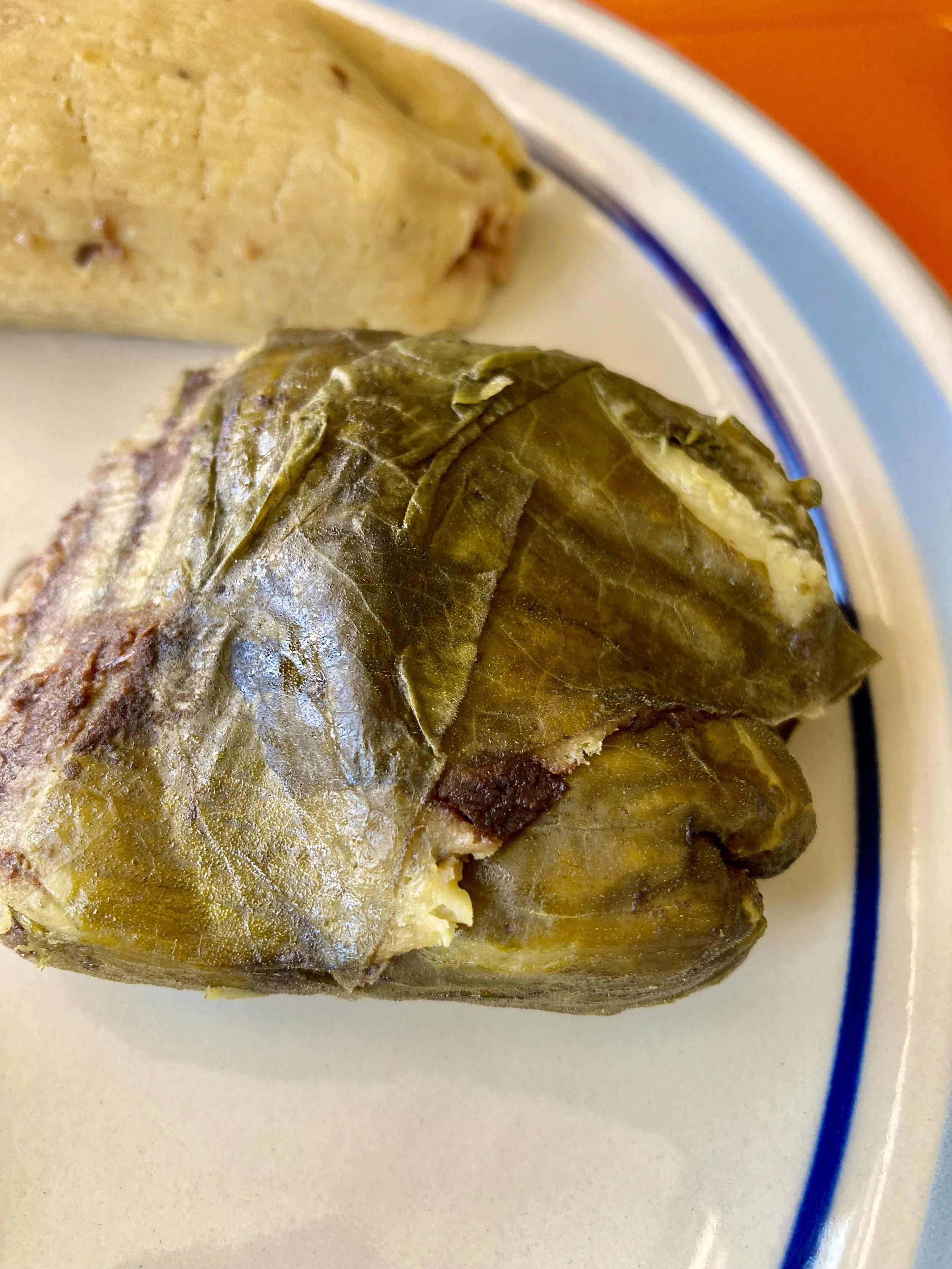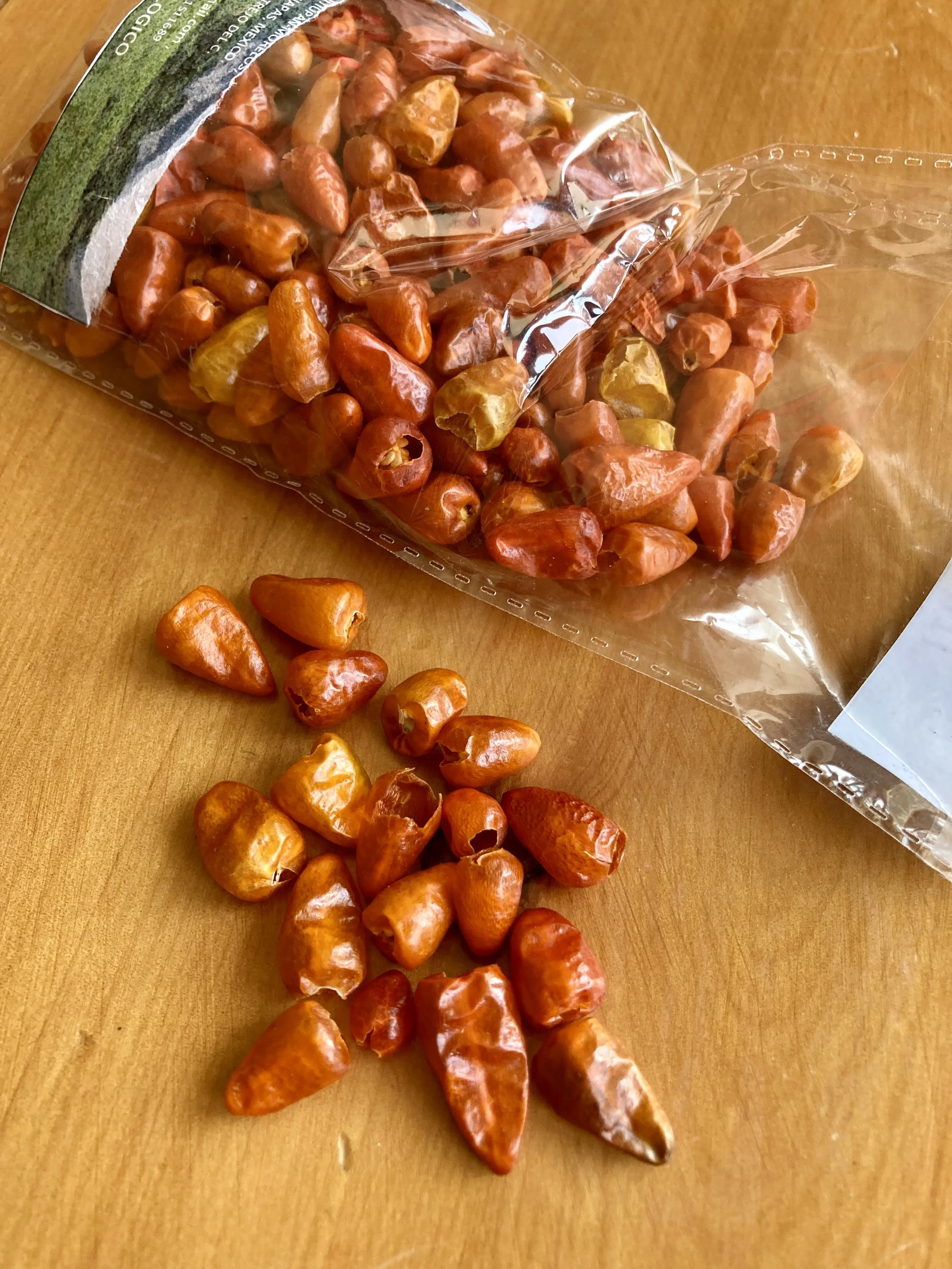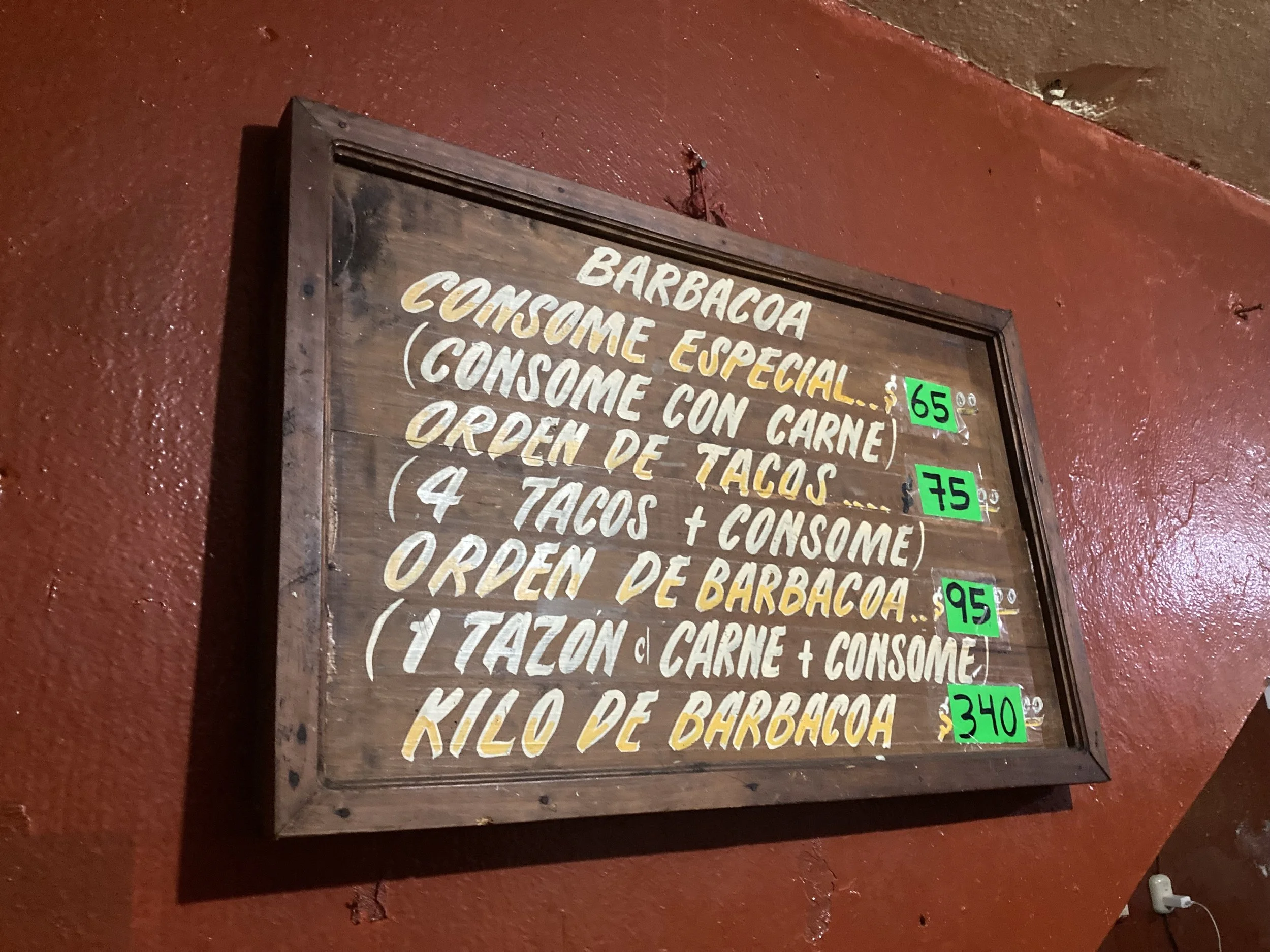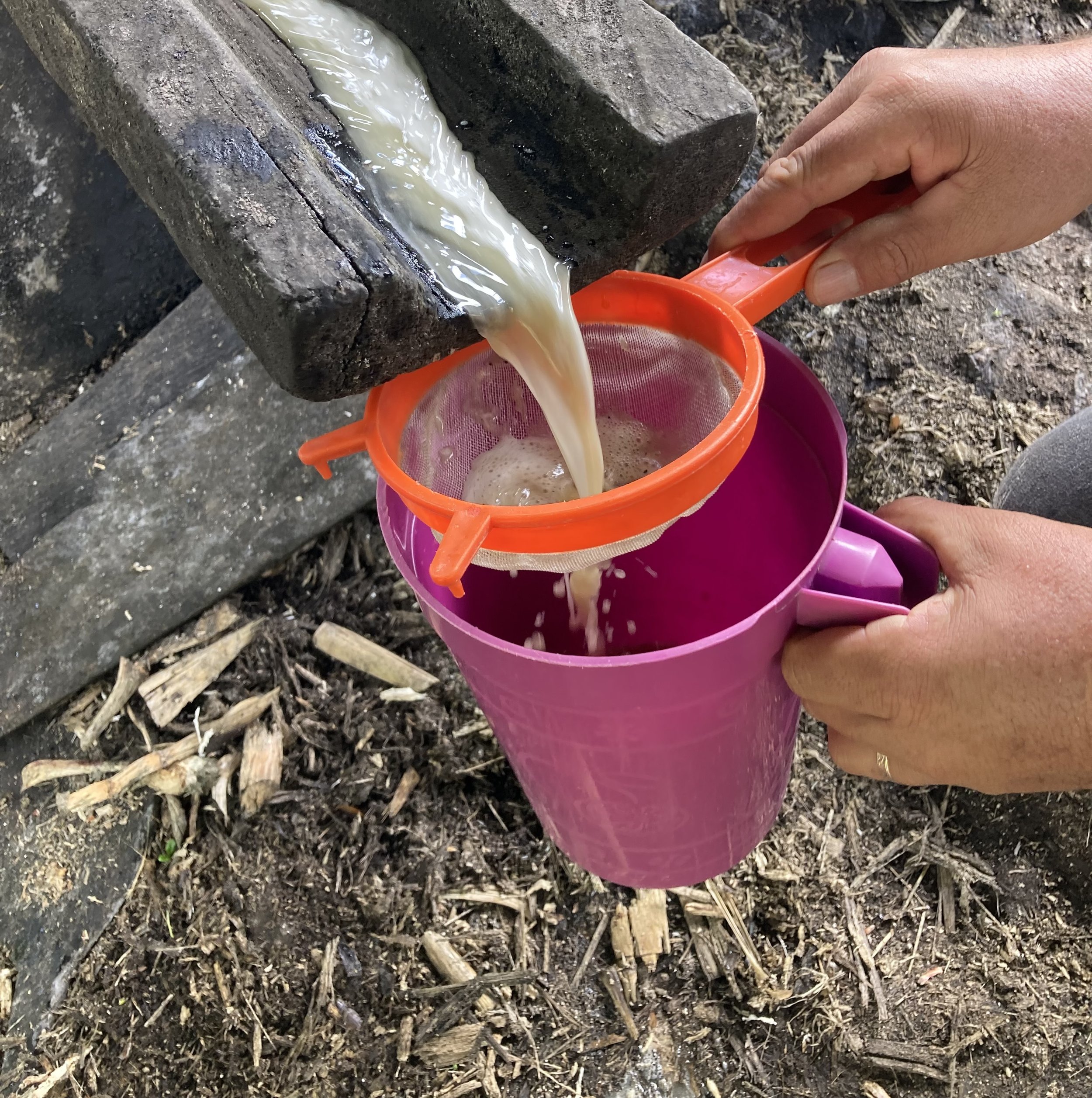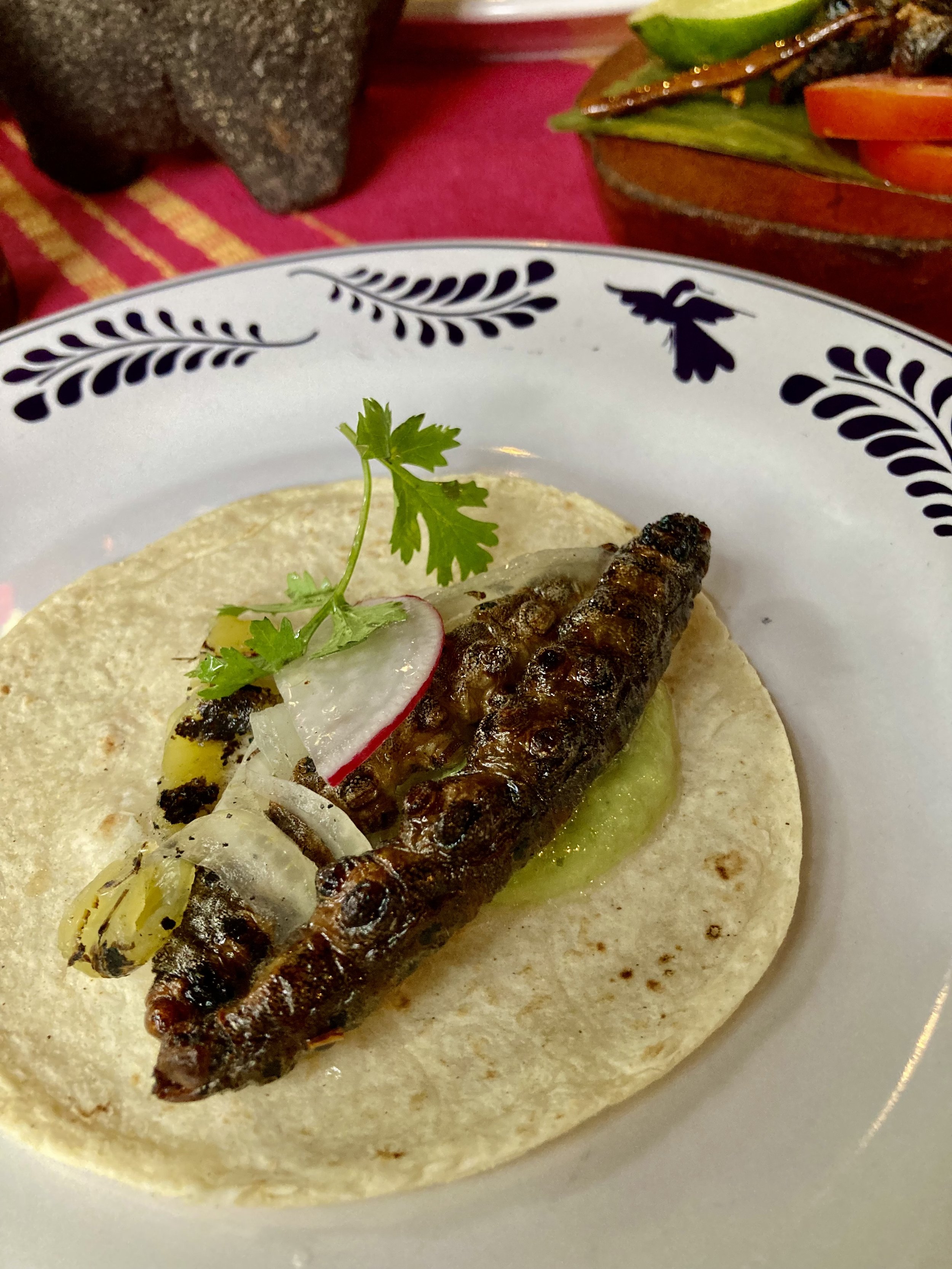Favorite Chiapaneco Ingredients
Hoja Santa & Beans
Some of the most delicious tamales we have ever eaten are made in Chiapas. They are vegetarian and some are made without lard, depending on the makers preference. First, milpa grown criollo corn is used to made masa which is then mixed with milpa grown beans, slow cooked and pureed. After being assembled the entire tamale is wrapped in a fresh Hoja Santa leaf and then closed into a corn husk to be steam cooked. They are super tasty on their own or eaten with a fresh, bright, tomato based salsa.
Simojovel Chiles
In addition to Habanero chiles these are some of the most popular chiles in the highland kitchens of Chiapas. They are served fried and crispy with a plate of beans or blended into salsas. With a slightly smoked flavor, Simojovel chiles are not very spicy and they are great with all kinds of dishes. In our kitchen we sometimes crush them up dried and sprinkle them liberally over whatever we are eating. They are sold dried like this at the market and many communities in the highlands grown them so it is easy to purchase these chiles directly from farmers.
Chocolate & Pan
As chocolate makers working for nearly a decade with cacao grown in Chiapas it is not a surprise that we adore Chiapaneco chocolate. Mattias drinks a large hot cup each and every morning for his fikka (Swedish for ‘tea time’) After discovering that Chiapas also makes a style of tasty dry, cookie-like, bread we have been enjoying our hot chocolates with a regional style. Some are baked with lard, a style we thought only was produced in the home town of Aldo’s father, Acambaro Guanajuato. Each shape has a special name recalling the way it is formed by hand in the baking process. My favorite are the pellizcos which have a pinched (pellizcar) and crunchy edge sprinkled with sugar.
Barbacoa de Borego
Much of the Chiapaneco highlands is home to sheep herding communities and as a result large swaths of landscape are covered by bright green, neatly clipped grassy hills. In addition to crafting, thick woolen textiles Barbacoa is made with the sheep’s meat. It was another surprise for us as Hidalgo, a state much further north is renowned for its Barbacoa culture and we had just been filling our bellies there the month before we arrived in Chiapas. This is one of our favorite meat options as the sheep are raised on local pastures and graze on seasonal plants growing nearby.
Artisanal Panela
Sugar cane is an import plant brought with colonization as a cash crop and has resulted in massive land grabs and destruction of local biodiversity. As sugar has reached global success, implanting itself in nearly every kitchen in the world it is difficult to avoid completely. Our solution is to source artisanal, locally produced, minimally processed panela. We were so honored to be invited for a taste of fresh cane juice at a local family farm in Tzimol, Chiapas. Three generations have been producing panela using a waterwheel and the river that runs through their property. In addition to being super low energy consumers they are also zero waste as the fibers leftover from crushing the cane are used to fuel the cane juice reduction that takes place next to the mill.
Zatz Caterpillars
There is a lot of discussion about replacing mammal based proteins in our diet. One of the solutions many suggest is to eat insects. People the world over have already been doing so for thousands of years and in Chiapas there are several varieties to choose from for your own meal. While traveling to visit the archeological temple site of Palenque in the hot lowlands we had dinner at a restaurant specializing in local foods. Zatz are a type of fatty caterpillar that live in cork trees and are collected by Mayan communities as a good source of protein. We ate these with a green habanero salsa, whole, charred habanero chiles, fresh cilantro, pickled onion and crunchy radish. Provecho!

